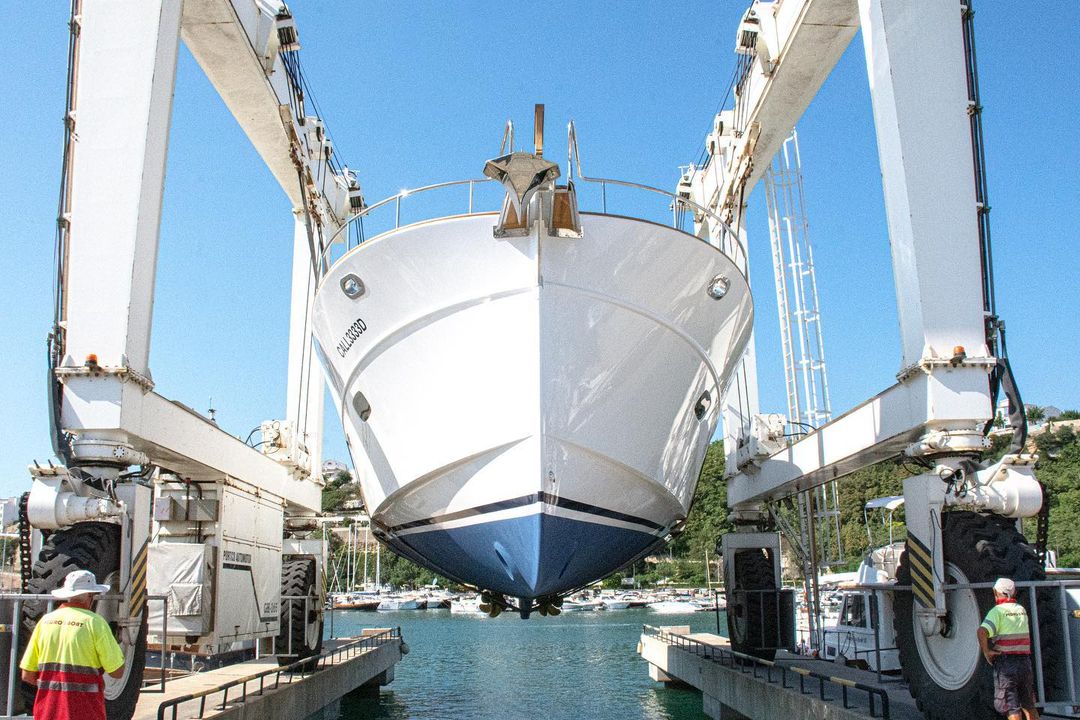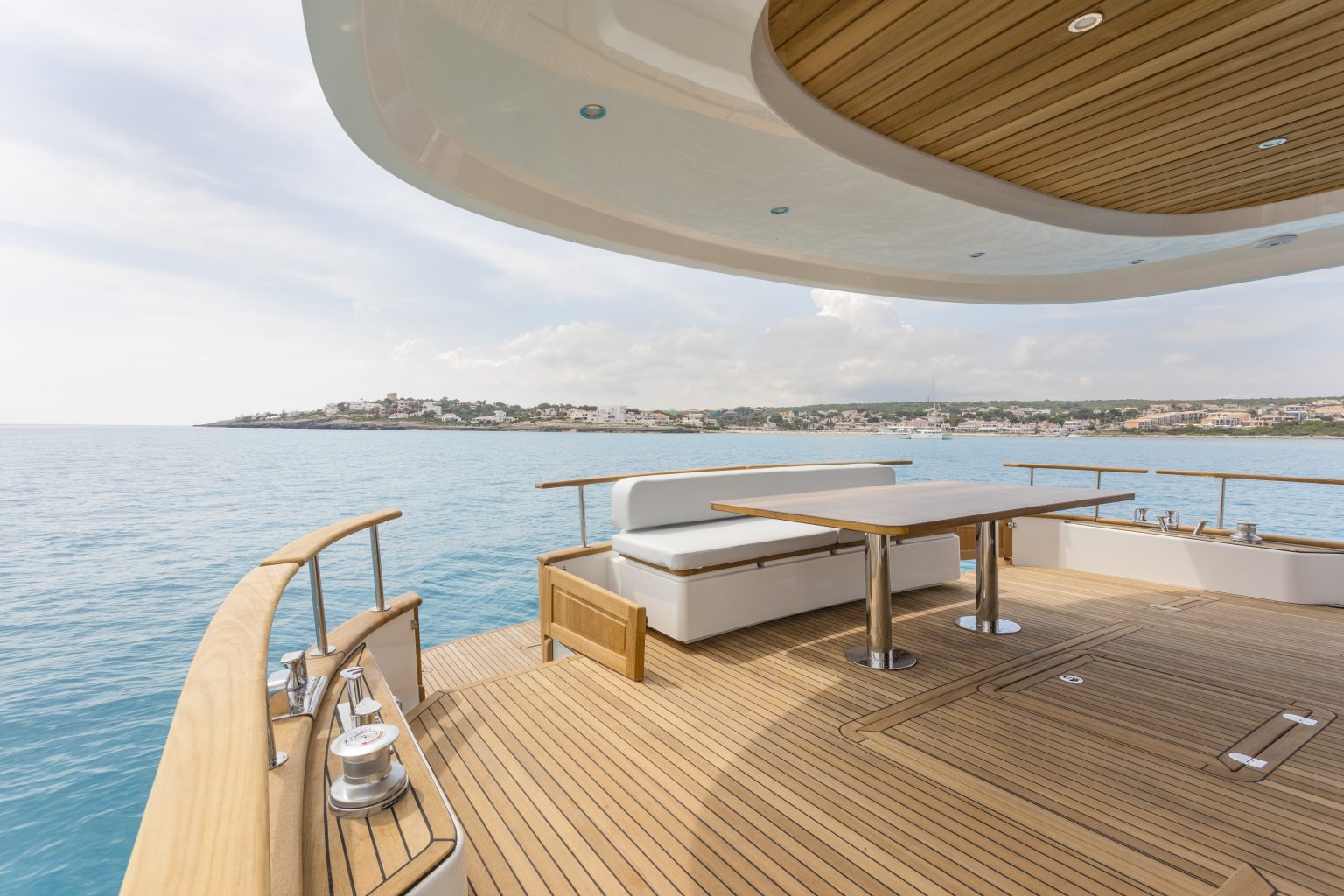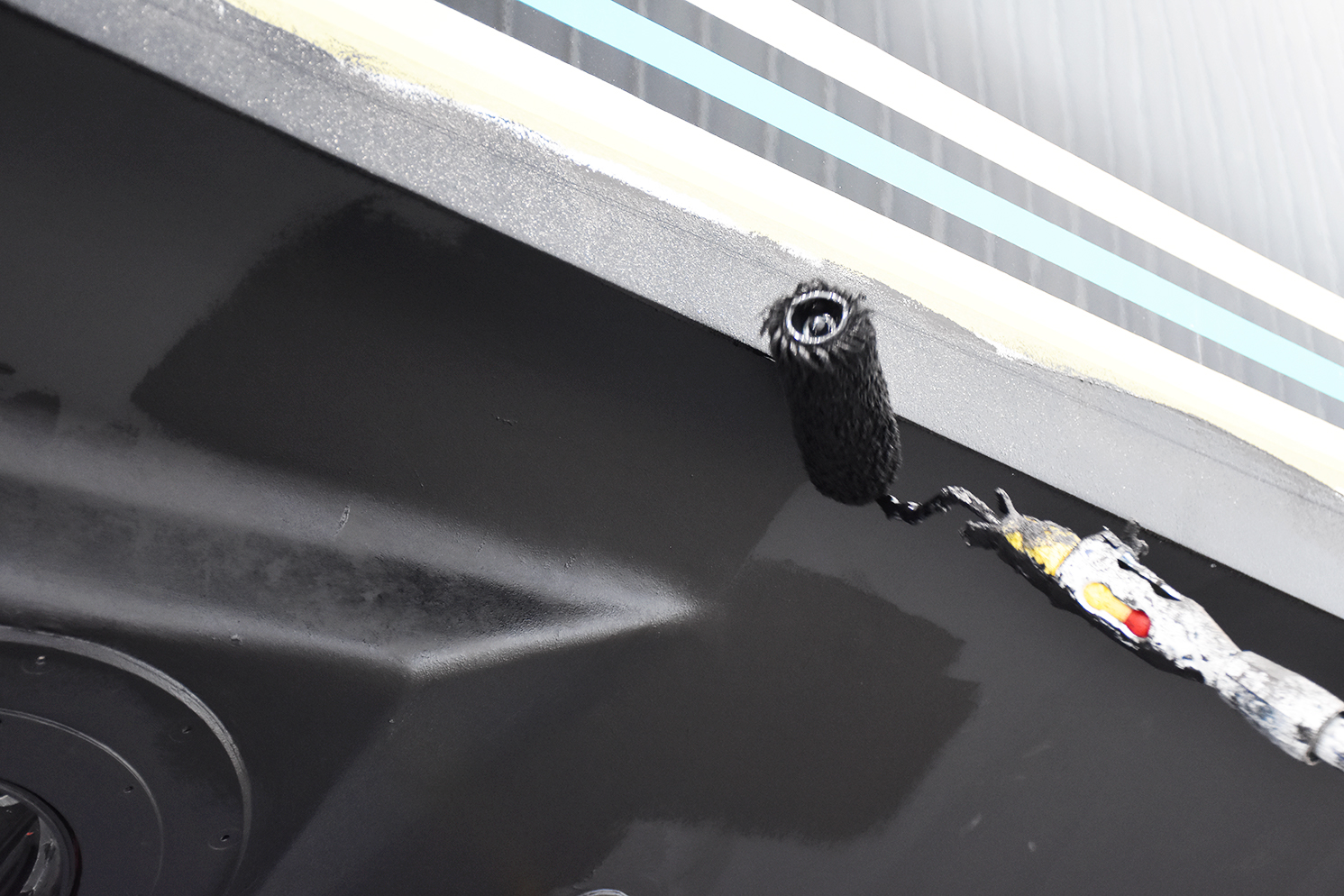HOW TO PREPARE YOUR BOAT FOR WINTERING
With the arrival of winter, our boat is often left idle during the coldest months. In these months of inactivity, it is the best time to consider winterising and to keep our boat in the best conditions until the next season, avoiding possible problems in the future.
Vessels that are not in use tend to deteriorate faster than those that are kept in motion.
Winterising a boat consists of storing the boat so that it can be used for the next season. To winterise a boat it is necessary to leave everything ready so that during the period of rest no component of the boat suffers damage or wear and tear.
Example of wintering in a dry marina

Winterising a boat consists of storing the boat so that it can be used for the next season. When winterising a boat, it is necessary to leave everything ready so that during the rest period no component of the boat suffers damage or wear and tear.
Parts such as the hull, the engine, the battery or the interior of the boat will be exposed to different conditions than usual, such as temperature or the appearance of rust, so whether your boat spends the winter in the water or out of it, there are certain aspects that must be maintained.
What types of winterisation are there?
There are two types of wintering. The first is the one that is done afloat, on the mooring itself. More economical and although it gives you the possibility of using your boat whenever you wish during those months of low activity, it also leaves your boat more exposed to the inclement weather that is common during this period.
The second modality is on land, or dry marina, which helps to avoid osmosis in the hull, as well as the negative effects of salt. And although it involves a greater investment, it has great advantages such as protecting your boat from the weather, carrying out maintenance work that cannot be done afloat or guaranteeing the safety of the boat or boarding.

What SERVICES does winterisation include?
Among the services that are usually included in the winterisation are the following:
– Dry-docking and launching
– Cleaning of the hull and exteriors
– Cabin and upholstery cleaning
– Varnishing and Teak oiling
– Hull painting and antifouling
– Mechanics, electricity and electronics
– Carpentry and wood finishing
– Polyester work, polishing, etc.
– Upholstery, awnings, etc
– Refit of boats and special polyester works
– Selective waste collection
Some of these services involve taking the boat out of the water and taking it to the appropriate winter storage facilities for maintenance.
WHAT ARE YOUR STEPS?
The common steps for winterising, whether dry or afloat, are to make sure you collect all removable and valuable items and to check your boat’s insurance to see what cover you are covered for common damage such as knocks, scratches, wear and tear or theft.
Winterising afloat maintenance includes:
- Cleaning decks periodically, as this is the one that suffers most from being in contact with the sun, humidity and salt water.
- Cleaning the interior to keep the boat cool and dry and prevent mould and mildew.
- Use quality fenders to avoid knocks and breakages.
- Apply lubricant to locks and latches.
- Fill tanks to prevent fungus and, if there is a risk of very low temperatures, use antifreeze to prevent breakage.
- Check the boat’s engine and check some basic aspects such as the oil level, change it if necessary, or clean the different filters.
- Protect the boat with a breathable tarpaulin to prevent moisture condensation and colour fading caused by the sun.
- Start the engines from time to time.
Disconnect all electrical circuits and recharge the battery regularly.

In dry wintering the maintenance includes:
- Engine overhaul, filter and oil changes, carburettor and cooling circuit cleaning, etc.
- Cleaning of bilges, water filters and seawater suction valve with specific products that prevent the proliferation of fungus.
- Greasing of hinges, locks and other metal elements that require it.
- Overhaul, refurbishment or replacement of the boat’s safety accessories and components.
- Overhaul of electronic and electrical components.
- Protection by means of a cover suitable for the type of wintering in the marina.

Remember, your boat can offer great moments of relaxation and unique experiences, so it pays to take care of it and leave it in perfect condition so that your boat will be in top condition when you restart the season.
Sources:



Leave a Reply